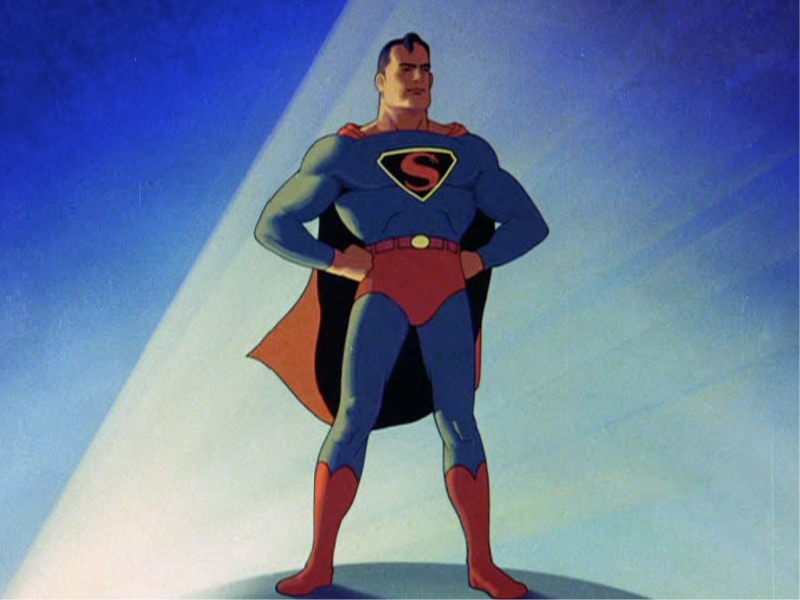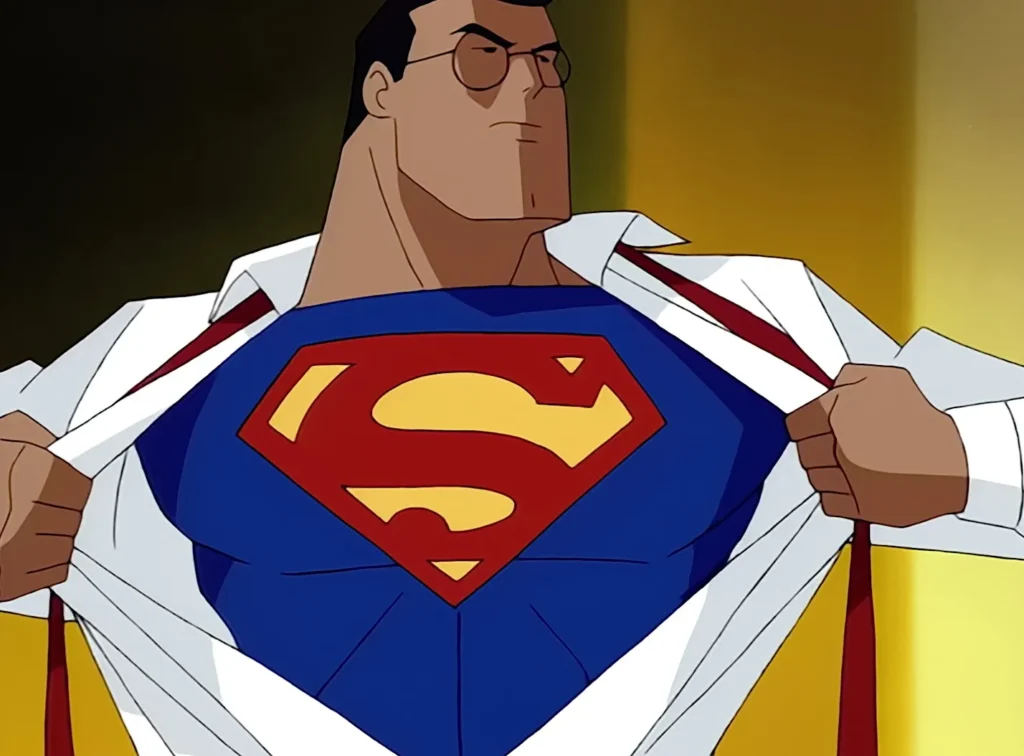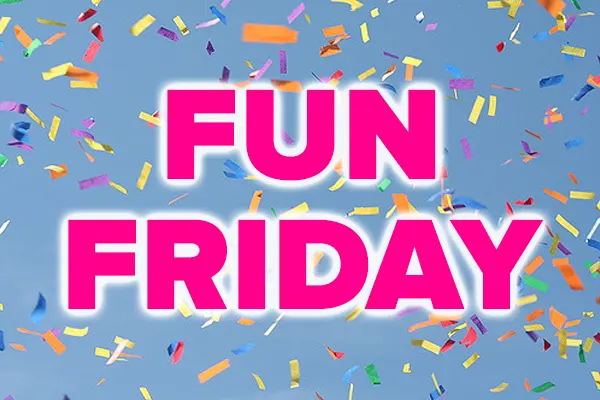One of the things we don’t talk about when it comes to the marvelous world we live in is our history. It’s not just a faded memory for us. It’s real, and we can experience it. Imagine, if you will, living in the 1750s for example. Your average person had no way to interact with the past other than their own memory. Some people, wealthy people, had books and portraits and such. But for most people it was just… what they remembered.
Now contrast that with the world we live in today. We’ve had some sort of photography for about 160 years, meaning we have a window into the world our great-great-great-grandparents lived in. We’ve had sound recording for about 130 years. We can listen to the way people spoke long before we were born. And, for over 100 years, we’ve had moving pictures of some sort or other.
This is where it gets interesting because there is so much culture from the 20th century that’s been preserved, compared to the culture of any other time before it. Even more, it’s just so accessible. Even 20 years ago the idea of having trillions of megabytes of video available to us in the palm of our hands was science fiction. Today it’s so common we hardly think about it.
The cartoons of our great-grandparents’ day
There’s just so much culture out there that we can even spend time paying attention to the ephemera of another age. The cartoons that folks watched in movie palaces 100 years ago are definitely not the most important history there is. But, they do tell a story about who we were and what we found interesting as children. That stuff is worth preserving, and there are people out there doing that work.
What’s interesting as we look at some of the first color cartoons is that they have a style that would look totally normal today. Take a look:

This isn’t a still from the latest DC animated project. This is a still from an early 1940’s cartoon by Max Fleischer studios. The visual style still looks sharp and interesting to us, and if you look at this still from the early 1990s:

…there isn’t a lot that’s changed. The key to all of this is having documentation of these early cartoons and what they looked like. If that weren’t possible, we would just have to guess that later cartoons paid homage to earlier ones. Or worse, we’d believe that this style of animation started in the 1990s.
Doing the good work
There’s a group out there doing the work of restoring older cartoons to look as good as the day they were produced. You can see a lot of their results here. But of course, at The Solid Signal Blog, we’re just as interested in how they do things. Luckily, (and of course) there’s a video that shows the process.
This really is the intersection of craftsmanship and technology
You’ll see a lot of manual work here involved as the film is inspected and repaired before it can be scanned. A lot of this film is so old and brittle that running it through the scanner would likely destroy it. So, it had to be preserved very carefully, because there may come a time when future historians want to do an even better scan.
I myself had some experience in this area decades ago when restoring a book originally printed in the early 1980s. We went back to original celluloid slides which were literally falling apart as you touched them. Yet we wanted the best possible reproduction so we used high-speed drum scanners which could shred even today’s film. We ended up coating the slides in baby oil (the safest way to preserve them) and sandwiching them in mylar before scanning. Then, they sat in water to slowly remove the baby oil, as even wiping the oil off could have destroyed them. So I really get what these film historians are doing.
And then the scanning
But, what really impressed me was the scanning. In my mind I had to have known that scanning technology had improved since the 1990s. We all remember those stories of how old movies were lovingly restored frame-by-frame in order to make DVD masters. They still are, but it looks like artificial intelligence does a lot of the heavy lifting now. The systems in use today can color grade and fix bad frames quickly, and do a lot of automatic dust and scratch removal. The scanners themselves are so precise that they can focus on the base layer of the film, literally looking through the scratches as if they weren’t there.
Without this kind of AI assistance, it would probably be too costly to scan and repair these old cartoons, and that would be a shame. As much as anything else we can see from the 1920s and 1930s, this is our history and our culture. It deserves to live on and be experienced without a century of grime, scratches, and fading.
ALL media restoration is critical
Even with keeping camera negatives in temperature-controlled bunkers, we are running out of time to digitize the films we created in the 20th century. Films at that time were made with natural materials like nitrocellulose and gelatin that were never intended to last 100 years. We finally have scanning technology that can capture almost the entire image without leaving quality behind and it’s important that we do so.
Truth is, we should all be looking at the media that’s important to us. It’s not just film. Magnetic tapes from the 1960s are rapidly turning to static. Early consumer color photos are turning yellow and brown as their dyes fade. Digital media isn’t immune either. Most consumer-grade writable CDs and DVDs start to rot out in as little as 10 years. Those memories you preserved of your kids’ early days aren’t as safe as you think.
From big organizations to every day people, we should all spend more time thinking about keeping older files. We should be aware of how old media can degrade and how older formats like CDs might not be readable in today’s computers. And, before it’s too late, we should make new archives to bring these memories into the future.



